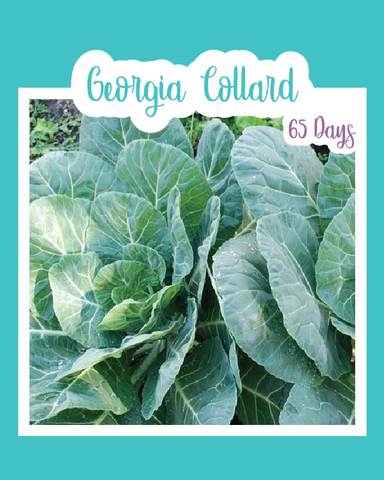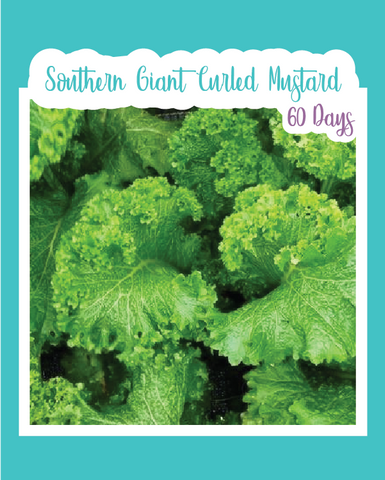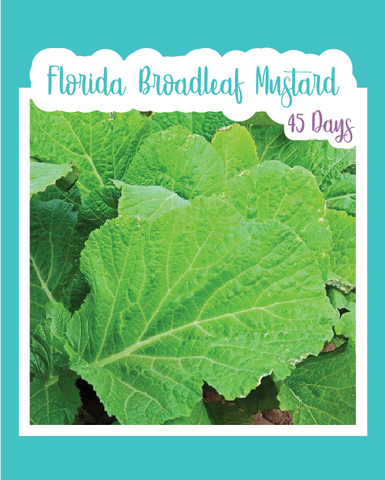
Giant Red Japanese Mustard
Seed Count: Approx. 300 seeds
Days to Maturity: 45 Days
Description: Color up your salad with these popular red mustard greens and add some tasty zest, as well! Leaves are tender, and maroon in color with light green midribs and narrow stems. Winter hardy and slow to bolt. Mustard greens originated near the Himalayan region of northern India, where they have been growing for thousands of years. You’ll love having this tasty green in your fall garden.
Mint2Grow Tip: The giant red Japanese mustard is one of the more delicious mustard varieties I've tried, and that says a lot, since I'm not a fan of mustard. Beware of aphids with this plant, I ended up with a nightmare hoard of aphids because I didn't stay on top of it when I should've. However, I suppose it would make a good deterrent plant, even if you dislike to eat mustard, plus it's attractive to look at (so much so that I plant them in my front yard), if you can control the aphids then you won't really have any other bug pests. Caterpillars seemed to leave this plant alone, except for the army worm, which leaves nothing alone.
How To Grow
Sowing: For fall planting, plant the seeds in the late summer or early fall about 10 weeks before the first hard frost. Climates with warmer winters may be able to grow mustard from fall to spring. For a spring crop, direct sow the seed in full sun and rich soil about four weeks before the last expected spring frost, and lightly rake them into the soil. Keep the rows 10-12" apart. When the seedlings emerge, thin them to 5-6" apart. Seedlings emerge in 10-21 days depending on the soil and weather conditions.
Growing: Keep the plants moist and free from weeds. A thick layer of mulch will help conserve moisture, control weeds, and keep the greens free from dirt. Red Giant mustard is especially winter hardy and will be slow to bolt. Watch out for aphids, and remove them promptly, or they will take over your plant and destroy the leaves.
Harvesting: For baby greens, pick the leaves when they reach a height of 4-5 inches; baby greens are tender and flavorful, perfect for salads. The entire plant can be harvested at any point, or individual leaves can be taken for a continuous harvest. Mature leaves, which tend to be stronger in flavor, often taste best when cooked. Avoid using leaves that have begun to turn yellow, as these have passed their prime. Once cut, greens keep in the refrigerator for 3-4 days. They also freeze well when blanched. Mustard needs to overwinter before producing seed. In warmer locations, simply apply a thick layer of mulch and remove it in the early spring. In areas with very cold winters, dig up the plants and cut off half of the stem; store them at 32-40 degrees F until spring, when they can be replanted to go to seed.




